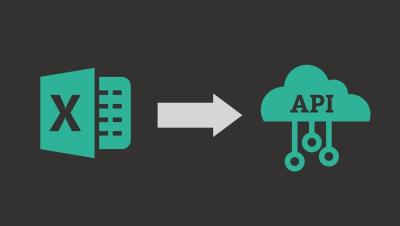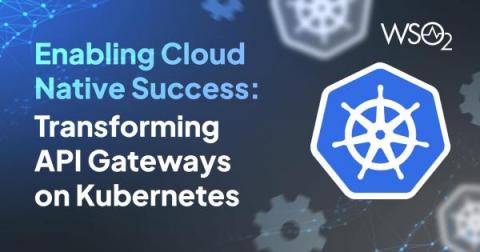Systems | Development | Analytics | API | Testing
%term
Channel subscription now possible with new Python Realtime SDK
Python is a popular programming language known for its simplicity and versatility. It's commonly used for web development, data analysis, and automation. While it's not usually associated with client-side development, it can be useful in scenarios where server-side applications need to exchange data in realtime. This is why we’ve released a new Python Realtime SDK component that enables developers to integrate Ably's realtime functionality into their Python applications.
Why You Shouldn't Skimp on Both Functional and Visual UI Testing
There are many components to a successful web testing strategy, but one of the most often overlooked is the importance of visual UI testing in addition to functional testing. Most teams will focus on one over the other, but to truly catch as many bugs as possible, you’ll need to incorporate both. First, you need to understand what the difference is and why they’re both needed.
API Mocking: Top 5 Tools and Methodologies
Discover the unique advantages, and real-world use cases for tools like Speedscale and Postman, as well as efficient mocking methodologies.
Healthcare leader uses AI insights to boost data pipeline efficiency
One of the largest health insurance providers in the United States uses Unravel to ensure that its business-critical data applications are optimized for performance, reliability, and cost in its development environment—before they go live in production. Data and data-driven statistical analysis have always been at the core of health insurance.
From Excel to API in minutes
Simple REST API Creation for Data Distribution
Quickly create a CRUD API using Low-Code
Why low latency is essential for sports, media, and entertainment companies trying to deliver realtime updates at scale
Latency is a technical term that, even for the people who use it every day, tends to feel abstract. When a metric calls for measurement by the millisecond, it’s easy to forget just how valuable each millisecond is. But if your application promises to deliver realtime updates – especially in the sports, media, and entertainment industries – low latency has to become a high priority and the experience your users have with latency needs to be vivid.
The Future of API Gateways on Kubernetes
The exponential growth of the Internet and cloud computing has given rise to applications that are smaller, more distributed, and designed for highly dynamic environments capable of rapidly scaling up or down as needed. These applications have pushed the demand for modern API management product architectures that can leverage cloud native capabilities to achieve scalability, resilience, agility, and cost efficiency.











